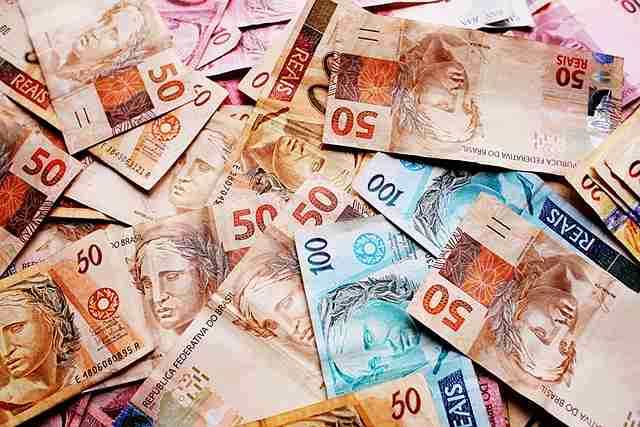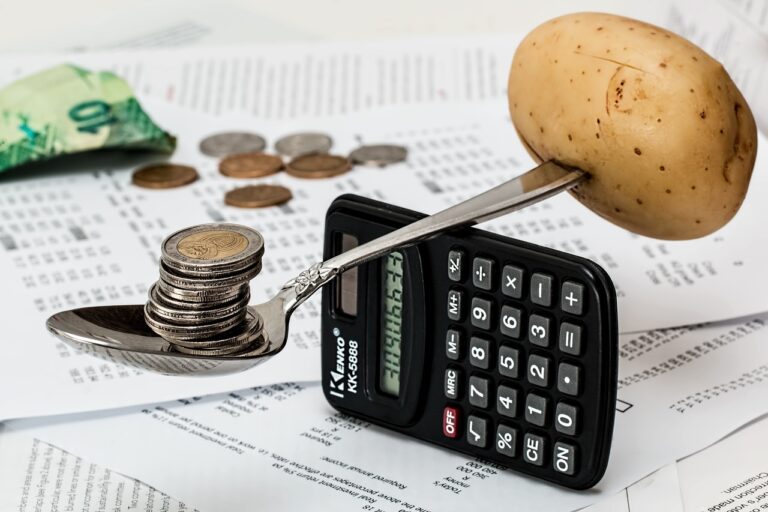Why Pakistan is Redesigning Its Currency Notes: As a Good Step, 12 Economic and Security Understandings
In recent years, Pakistan has undertaken a major initiative to redesign its currency notes, attracting significant attention both domestically and internationally. This decision goes beyond just changing the design and reflects a strategic move shaped by economic, security, and political considerations. This article explores the rationale behind this decision of changing currency notes and analyzes its impact on the country’s economy and security environment.

Table of Contents
The Historical Background of Pakistan’s Currency
Since its establishment in 1947, Pakistan’s currency note, the Pakistani Rupee (PKR), has undergone several transformations. Initially, the country utilized British Indian currency notes with “Pakistan” overprinted on them. It wasn’t until 1948 that the first distinctive Pakistani notes were introduced. Over the years, the design and security features of the Pakistani rupee have advanced, mirroring changes in leadership, national symbols, and economic priorities. However, the recent initiative to revamp the currency is more significant, influenced by a complex interplay of factors.
Economic Drives Behind Currency Notes Change
1:Control in Inflation and Currency Strength
One of the main economic motivations behind the redesign of Pakistan’s currency notes is to tackle inflation and stabilize the value of the rupee. Over the recent decades, Pakistan has grappled with high inflation rates, resulting in a considerable devaluation of the rupee. Through the introduction of new currency notes featuring updated designs and enhanced security features, the government seeks to bolster the credibility of the rupee, potentially alleviating inflationary pressures.
2: To Control Fake Currency Notes and Black Market Activities
Another significant economic factor is the imperative to address copying. The Pakistani Rupee has been particularly vulnerable to counterfeiting, posing a threat to the currency’s credibility and contributing to the growth of the underground economy. Through the implementation of enhanced security measures in the currency’s redesign, the government aims to suppress these unlawful practices, ultimately fostering a more dependable and open economy. Especially, a Currency note of one thousand rupees is the maximum fake note, So the government of Pakistan has decided to make it a plastic note instead of paper.

3: Updating Monetary Transactions
As digital banking and e-commerce continue to flourish in Pakistan, there is an increasing demand to update financial transactions. The upcoming currency notes are anticipated to seamlessly integrate with digital payment systems, thereby improving the effectiveness of cash management and transaction processing. This initiative to modernize aligns with the government’s overarching goal of digitizing the economy and diminishing dependence on cash.
Security Issues and State Sovereignty
1: Improving National Security
The redesign of currency notes is driven by the crucial factor of national security. In an era of growing economic warfare, safeguarding the nation’s currency is essential for protecting its sovereignty. The redesigned currency notes are anticipated to incorporate advanced security features, making counterfeiting nearly impossible and thus safeguarding the economy from both internal and external threats.
2: Decreasing Reliance on External Printing Services
In the past, Pakistan, along with many other countries, has relied on overseas companies for printing its currency. This reliance has raised security concerns due to the need to disclose sensitive details about the currency’s design and security features. To address this, Pakistan is considering redesigning its currency and exploring the possibility of domestic production to lessen its dependence on foreign entities and bolster its economic independence.
3: Preventing Terrorism Funding
Another crucial aspect of security involves the prevention of terrorism financing. Counterfeit currency and unregulated cash flows are frequently utilized to support illegal activities, such as terrorism. The implementation of new, more sophisticated currency notes is anticipated to disrupt these illicit financial networks, thereby enhancing the overall security of the nation.
Political Reasons for Currency Notes Restyle

1: Representation and State Identity
The redesign of Pakistan’s currency presents an opportunity to strengthen national symbols and values, going beyond being a mere medium of exchange. This could entail showcasing influential historical figures, iconic national landmarks, or cultural motives, ultimately cultivating a shared sense of pride and unity among citizens.
2: Global Relations and Opinion
The revamping of the currency may have an impact on Pakistan’s global relations. A contemporary, secure, and robust currency can boost the country’s reputation internationally, potentially drawing in foreign investment and reinforcing diplomatic connections. Furthermore, it sends a message to the global community that Pakistan is dedicated to enhancing its economic and security structures.
3: Political Strength and Economic Self-confidence
The timing of the currency redesign holds political significance. Amid economic challenges and political uncertainty, the issuance of new currency notes could be perceived as an effort to rebuild public trust in the government’s capacity to oversee the economy. A successful redesign could enhance the ruling party’s reputation, particularly if it results in concrete economic progress.
Upcoming Scenarios and Conclusion
1: Long-Term Economic Strength
Over time, the overhaul of Pakistan’s currency notes has the potential to promote economic stability by mitigating inflation, minimizing counterfeiting, and streamlining financial transactions. By bolstering the security and reliability of the currency, Pakistan can cultivate a more robust economy capable of tackling global challenges with greater resilience.
2: Establishment of National Safety

The introduction of the new currency notes is poised to significantly impact Pakistan’s security landscape, serving as a pivotal measure in protecting the nation’s core interests. By mitigating the vulnerabilities related to counterfeiting and the facilitation of terrorism financing, the currency redesign is expected to foster a more secure and protected environment for all members of society.
3: Emphasizing State Identity
The redesign of Pakistan’s currency presents an opportunity to strengthen the country’s national identity and foster patriotism. By incorporating symbols that reflect Pakistan’s rich cultural and historical heritage, the new currency notes can serve as a daily emblem of Pakistani identity and values.







